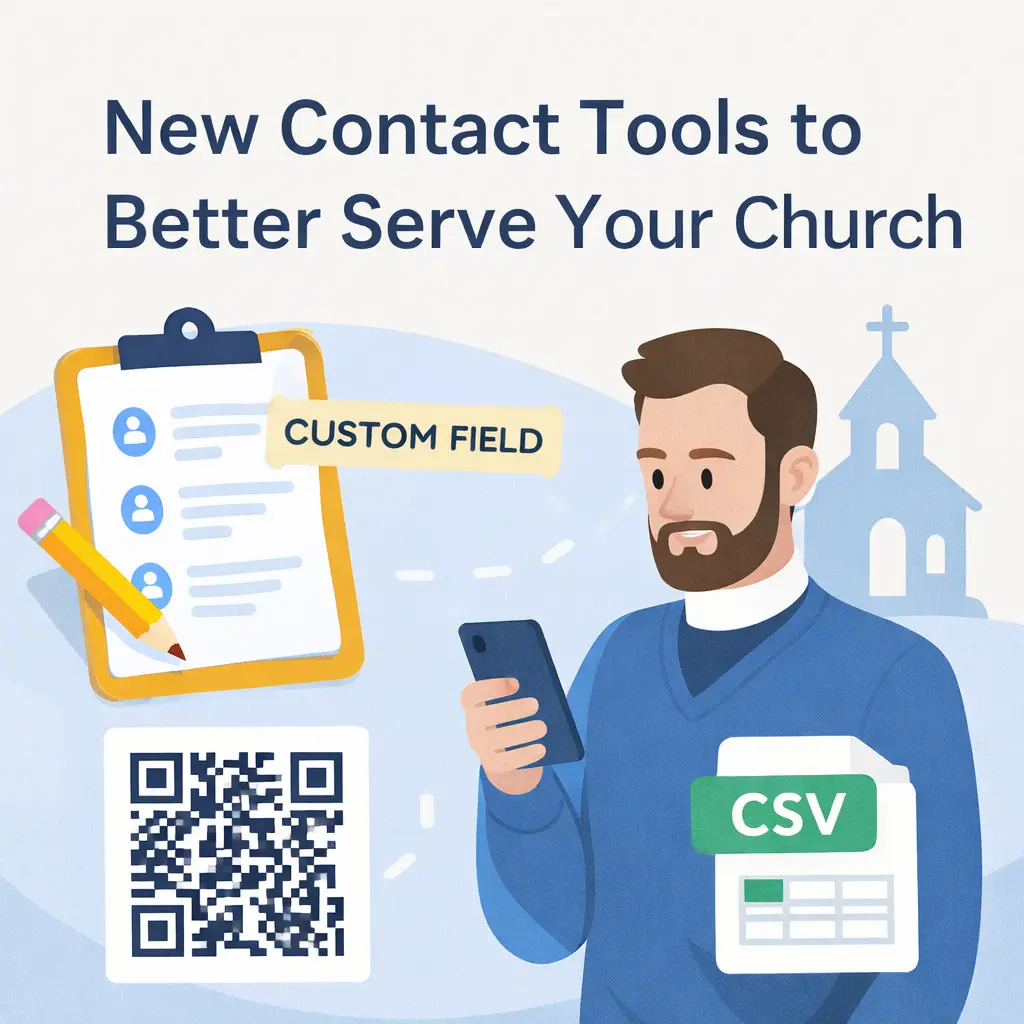How to Resolve Conflict In Your Community (Explained in 5 Easy Steps)
In this blog post, we'll be delving into a crucial aspect of community management: conflict resolution.
Conflict can be intimidating, but fear not! By the end of this article, you'll be equipped with practical strategies to effectively handle conflicts within your community.
So, let's get started!
Step 1: Acknowledge the Conflict
One of the first steps in resolving conflicts is acknowledging their existence. Pretending they don't exist won't make them disappear.
As Foxy Brown wisely said, "Ain't nobody got time for dat."
By openly communicating about the conflict, you can lay the foundation for its resolution.
Step 2: Understand the Issue
Disagreements are a natural part of human interaction, and conflicts arise when these disagreements escalate.
It's crucial to listen to all parties involved, ask open-ended questions, and empathize with their perspectives. Remember, it's not about being right or wrong; it's about finding common ground and not taking things personally.
Leading requires the ability to genuinely see things from others' perspectives without necessarily agreeing.
Step 3: Facilitate a Discussion
Creating a safe space for open and respectful dialogue is essential.
Whether it's through a Zoom call or a phone conversation, choosing a medium where body language and emotions can be better understood is preferable. High-stakes conflicts are challenging to resolve through text-based communication.
The goal is to promote dialogue, not debate.
Step 4: Generate Solutions
Now it's time for brainstorming!
Together with the involved parties, explore various solutions that address everyone's needs. Creativity is key here, so encourage as many ideas as possible.
Remember, focus on needs, not wants or desires, as they might not always be achievable.
Great leaders find ways to meet others' needs, even if it means someone leaving the community.
Step 5: Implement and Evaluate
Put the agreed-upon solution into action and give it some time. Afterward, evaluate its effectiveness and make adjustments if necessary.
This step ensures that conflicts are resolved satisfactorily and prevents their recurrence.
A Powerful Framework: CPR
Now, let's introduce a powerful conflict resolution framework that has proven successful with million-dollar companies: CPR.
- Context: Start by sharing the context of the conflict and how you feel. Be vulnerable and share the inarguable truth without blaming anyone. This step helps others understand the situation from your perspective.
- Possibility: Be proactive and present 1, 2, or 3 potential solutions. By doing so, you demonstrate leadership by not only highlighting the problem but also offering potential resolutions.
- Resolution: Conclude with the question, "How can you and I work together to resolve this?" This line holds space for collaboration and finding a solution that meets the needs of both parties.
Conclusion:
By following these five actionable steps and implementing the CPR framework, you'll be well-equipped to resolve conflicts within your community.
Remember, conflicts are not inherently negative. They present opportunities for growth, better understanding, and stronger relationships.
And conflict requires leadership, empathy, and a commitment to finding common ground.
By applying these principles, your community can thrive and maintain a highly engaged atmosphere.








